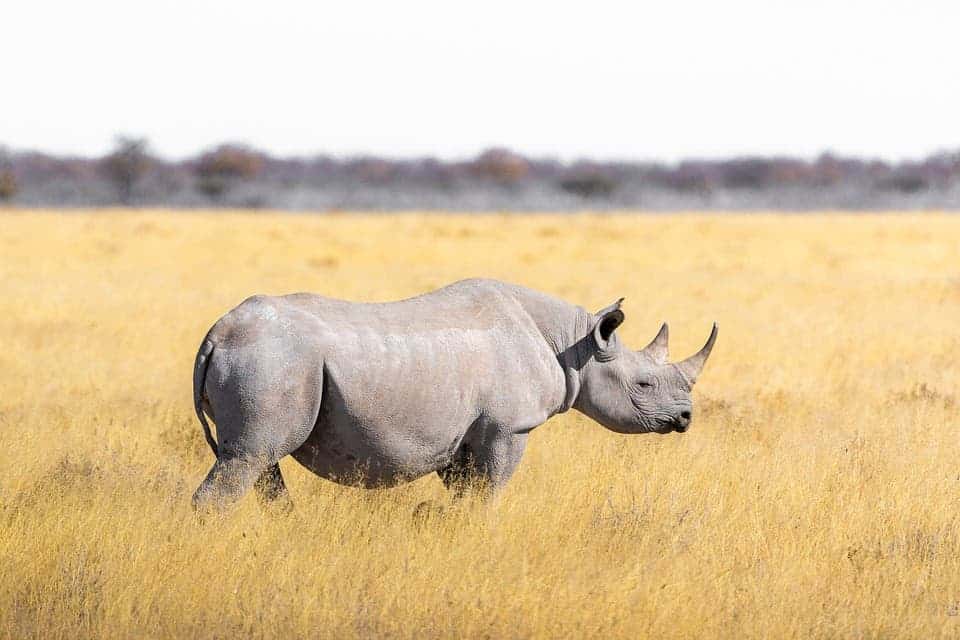Researchers in Europe have fertilized a rhino egg in vivo and then successfully transferred it back to the female. Their plan is to now perform the same procedure for the northern white rhino, to save the species from extinction.

Image via Pixabay.
The procedure was performed by an international team of European researchers at the Chorzow zoo in Poland and involved a southern white rhino female. The work came as part of the BioRescue Project, an international team of scientists and conservationists trying to use IVF to save the almost-extinct northern white rhino.
Last of their kind
“This is the first positive proof that the entire procedure we’ve developed in theory can be successful,” said Thomas Hildebrandt (link in German) of the Leibniz Institute for Zoo and Wildlife Research in Berlin, who participated in the project.
There are only two northern white rhinos left in the world — and they’re both females. The last male (whose name was Sudan) died in March 2018 shortly after starting a Tinder account. However, researchers had preserved frozen samples from several males beforehand, as a kind of insurance policy that the species won’t be completely wiped out. Due to a lack of northern white rhinos, they’re testing the IVF transfer on southern white rhinos, a closely related sub-species whose numbers have stabilized in the wild. They now report that the transfer was successful.
As such, the BioRescue team was applied for permission from the Kenyan government to harvest eggs from the last two surviving northern rhino females — a mother and daughter called Najin and Fatu — and are currently awaiting a reply. Kenya’s ambassador in Germany, Joseph Magutt, said his country supports the effort but didn’t say how long it would take for the process to move forward.
The IVF technique is required in this case because the two females are unable to bear offspring themselves; once their embryos are fertilized in the lab, they will be implanted in a southern white rhino surrogate mother.
However, not all is rosy. Hildebrandt says that ultrasound tests show the embryo transferred at Chorzow zoo has grown, but that it’s smaller than expected. As of yet, it’s also unsure whether the embryo will implant in the female’s uterine lining, resulting in a pregnancy. In the meantime, the BioRescue team is working on ways to turn preserved skin cells (from deceased rhinos) into eggs or sperm.
Should it be successful, the technique would offer a safety net for other species on the brink of collapse — and there are many. A recent United Nations report warned that a million species are at risk of extinction in the coming decades, largely because of human activity.


